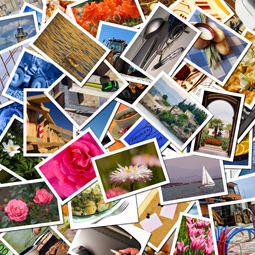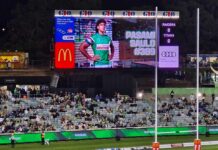When one thinks about end-uses for large format printing, retail graphics seem to site at the top of the list. However Timothy Check, production manager, Professional Imaging, at Epson America, Inc., points out that there are other “under the radar” applications sign shops can consider here:
- Technical drawings (architectural and engineering drawings and product renderings);
- Photo enlargements (reproductions of photographic prints on various media);
- Pop-up banners (portable display signage for events and point-of-purchase promotions); and
- High school sports (player posters, community events, etc.)
To achieve the best-quality, photo-realistic prints, Check says that the resolution of the images you’re working with should be at 300-dpi. “Avoid scaling JPEG images in size over 200 percent,” he recommends, “as visual imperfections of the file format compression method will become very noticeable at close viewing distance.”
He adds, “Vector-based content (text and graphic illustrations) is excellent for large format printing, as it can scale up in size without degradation of image quality.”
When setting up set up a large format printer in shop, it turns out size truly does matter. “In a large workspace environment with high-volume printing,” says Check, “consider adding a printer with an available print server. Print server features allow the printer to manage jobs from multiple users and keep the printer running at full speed.”
In smaller workspaces where floor space is constrained, Check suggests a dual-roll printer. “It requires no additional space, while enabling printing onto different types of media without the need to unload and load paper,” he says. 
There are plenty of materials available for large format printing, and Check provides a checklist:
- Plain and recycled bond paper (“that can be recycled in standard recycling bins after use”);
- Adhesive-backed paper and synthetic papers.
- Coated matte papers;
- Photographic papers and canvas;
- Polypropylene banner film;
- Clear films;
- Backlight film;
- Rigid Posterboard; and
- Tyvek
While the company’s SureColor T-Series ink dries nearly instantaneously, if laminating or framing, it is important to allow the water used to carry the ink colorants to the paper to evaporate. “Allowing the prints to sit overnight will prevent moisture that cause bubbles to appear in the lamination,” says Check.
By Jeff Wooten
Pictures: (Top) Epson America, Inc.; (Bottom) Shutterstock.com.











